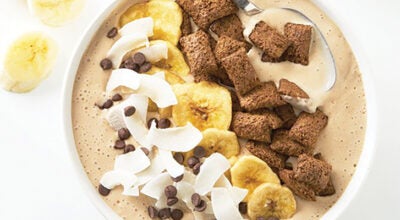Fighting the good fight against squirrels
Published 10:42 am Friday, November 19, 2010
There was nearly a half-inch of ice in the birdbath outside our house on Thursday morning. It’s one of those plug-in deals that is supposed to stay open even if temps plunge below zero. But it only works when it’s plugged in, which I had neglected to do.
The birdbath is part of my winter bird watching plan, which is similar to my summer bird watching plan, except that the summer plan was seriously derailed by squirrels.
Perhaps because our lot is home to a dozen oak trees, the squirrels are thick on the ground. I put up my first feeder back in about June, and came home for lunch to find it lying, empty, on the ground.
I moved the feeder to a new location, where it hung for a few days and gradually began to attract birds, which we enjoyed watching from the porch in the morning and evening.
One day, we came home and found the feeder empty, with large holes gnawed through the plastic around the feeding stations. A squirrel, apparently not satisfied with the bird-size trickle of seed the feeder normally dispensed had simply enlarged the holes until the feeding perches and seed-blocks fell out on the ground, along with most of the seed.
So I bought a feeder with metal reinforcements. This also turned out to be futile, because, aside from chasing each other and lurking around in trees, squirrels don’t have much else to do with their days. They’re apparently perfectly happy to sit there and denude a feeder seed by seed.
My next move was to buy a pouch of capsaicin, a pepper extract which it is claimed birds can’t taste but which squirrels can. The idea is to toss birdseed with the capsaicin powder, making it inedible to squirrels.
This slowed the rodents considerably for awhile, but they were soon back to the normal seed-eating routine. There’s a master’s thesis project in there for some biologist: Do squirrels develop immunity to the effects of hot peppers?
By mid-July I had invested in a bird feeder surrounded by a wire cage. Birds can fit through the holes to get to the seed, but squirrels can not. Or, rather, typical gray squirrels can not. It turns out that small, red squirrels — animals I hadn’t even seen in the yard before — can climb right in and enjoy the buffet.
With that development, I gave up on feeding birds — except hummingbirds, whose nectar-type feeders squirrels don’t seem to recognize — for the summer.
This fall, though, I decided to take another run at it, with even more elaborate equipment: A large feeder that has a counter-weighted door, “guaranteed” to slam shut if a squirrel hangs from it, but which won’t respond to a bird’s light weight. This, in turn, required a special mounting pole and, because I don’t trust the feeder’s defense system, one of those cone-shaped squirrel baffles that mounts on the pole.
Because my squirrel paranoia has reached a peak, I also was careful to plant the pole as far from a tree as possible (not easy in our woodsy yard) in order to baffle airborne attacks.
Adding up all the damaged and useless feeders, wasted seed, special poles, baffles and whatnot, I figure I’ve put more than $100 into bird-feeding this year with precious few results. It has been a worse investment than tickets to a Vikings game.
But in for a penny, in for a pound, so I also shelled out for the heated birdbath.
I did derive some pleasure at lunch, the day after I installed the feeder. As I stood in the window munching an apple, I could see as many as seven squirrels patrolling the yard. It was immensely satisfying to watch them sniff around below the new feeder fortress, climb a foot up the pole and then give up.
The battle is not over, of course. The squirrels have all day, every day, to puzzle out a way into this seed, while I have to go to work to make money so I can buy more seed and elaborate feeders.
Can’t wait to get home tonight and see who’s ahead.


